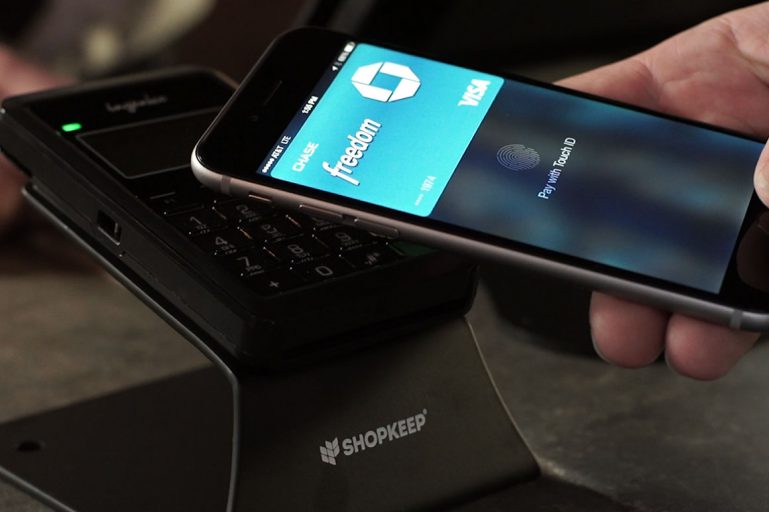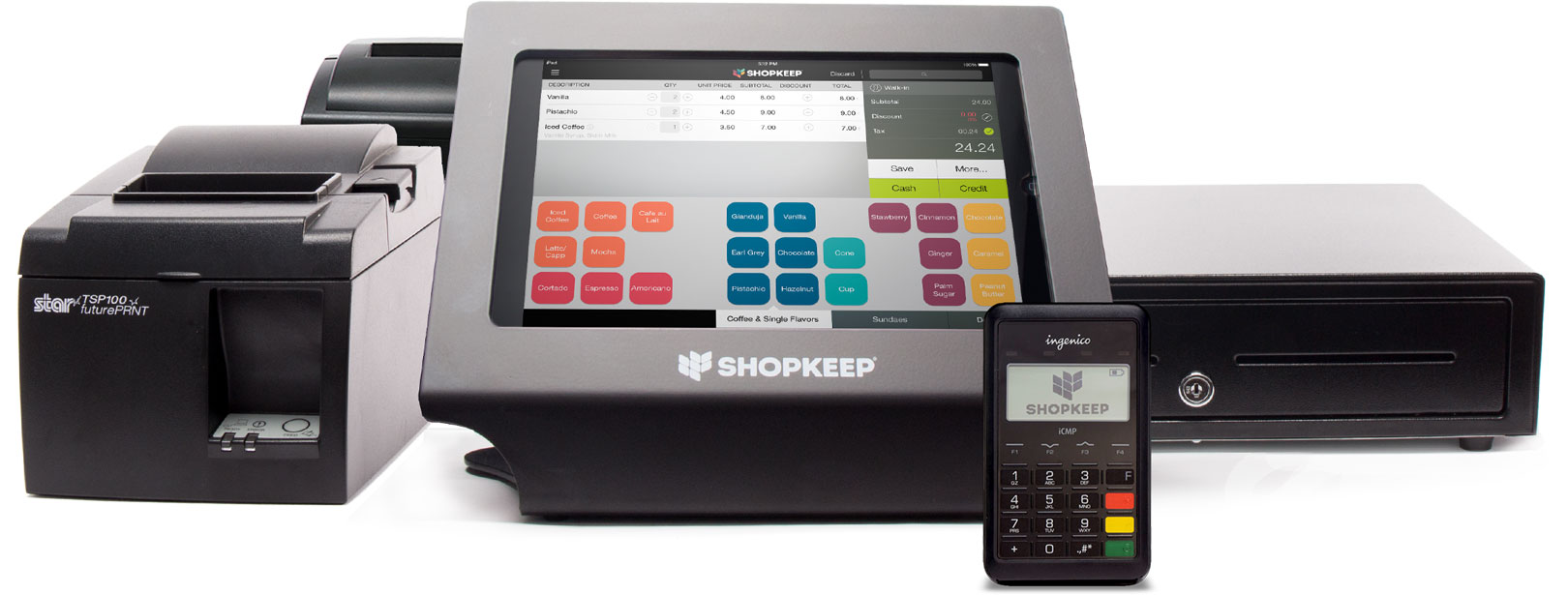
The Future of POS Software Technology: Mobile Payments
“Change is the law of life. And those who look only to the past or present are certain to miss the future.”
– John F. Kennedy, June 1963
Point of sale (POS) software technology is changing, and it’s changing fast. Mobile payments, a mere blip on the radar at less than $1 billion of transactions in 2012, are projected to surpass $118 billion of transactions in 2018. EMV chip cards, the global standard for secure transactions, aren’t just coming to the United States, they’re already here. More than 1.1 billion cards will be issued by the end of 2015, up from 100 million at the end of 2014. And those are just the elephants in the room. The seeds of other enormous changes may have already been planted, and it’s just a matter of time before they sprout. You need to be ready.
This series of posts about the future of POS software technology will take you through some of the key info you should know about the latest industry news and how you can best be prepared for any and all of the inevitable changes coming your way in the future. The first post today is focused on mobile payments.
Mobile Payments: Apple Pay and Everything Else?
Near field communication (NFC) is the dominant form of contactless payment technology and,along with EMV, it’s probably the most important payment acronym you’ll hear in 2015. Learn about some of the major NFC players, how the competition is heating up (including with some non-NFC options), and how you can be prepared no matter who wins out.
Since launching in the fall of 2014, Apple Pay has quickly become a dominant force in the world of contactless mobile phone payments, now accounting for $2 out of every $3 spent. The Apple Pay phenomenon is real, and it’s only going to get bigger (can you say Apple Pay 2.0?),but it’s not the only game in town.
First of all, a little company called Google (maybe you’ve heard of it?) has been offering contactless payment via the Google Wallet since 2011. The Wallet hasn’t exactly taken off in that time, but you know what they say about a rising tide lifting all boats? Rumors are that Wallet quickly saw a 50 percent increase in transaction volume after the launch of Apple Pay and now that Google has announced an acquisition of Softcard, another high-profile mobile payments solution, an app refresh and increased penetration among Android customers are both likely outcomes. Not only that, they are also testing a new bluetooth-enabled service called Plaso.
Meanwhile, Samsung, the most popular Android phone brand in most of the world, including the United States, is heavily rumored to be introducing a direct competitor to Apple Pay this March. In furtherance of that goal, Samsung recently acquired LoopPay, a versatile, wireless payments technology that works with around 90 percent of existing payment terminals in U.S. stores. Exact integration of LoopPay has not been determined, but it will most likely be included with any new Samsung phones as part of a service called Samsung Pay.
Finally, at least among the biggest players, there’s Merchant Customer Exchange (MCX), a merchant-led payment network slated to launch in early 2015 and supported by some of the biggest merchants in America, including Walmart, Best Buy, and ExxonMobil. MCX is working to create a brand new payment product called CurrentC, which will allow payment via a mobile app and QR code technology, not NFC (although that could change…). This decision, along with a number of others related to exclusivity deals with certain stores, has made MCX the most controversial of the new mobile payments providers.
So what should you do?
Come up with a plan for mobile payments: Mobile payments are going to be become a standard payment method. It’s just a matter of how quickly. That’s why you should be ahead of the curve and prepared for these changes rather than being reactive.
- Find an NFC-capable device: Since the common denominator for most of these new payment methods is that they work over NFC, your best bet to be the most prepared is to get a payment terminal that accepts NFC payments. Also, as you’ll see in the next section, the terminal should accept EMV chip cards as well.
- Get mobile payments-compatible point of sale software: A terminal that accepts NFC payments is only really useful if you can also process those payments! Check with your current point of sale provider and payment processor to see what they can handle. If they’ve planned for it, great. If not, you may want to consider other more forward-thinking options.

As you can see, mobile payments are one of the most exciting and competitive areas of the POS software technology space right now, so this post will be updated as more key info comes to light over the coming months. In the meantime you better start preparing! Look for the next post in the series to highlight EMV chip cards!
Want to try ShopKeep for yourself?
Just answer a few easy questions.
Need help finding the right point of sale?
Just complete the form. We’ll call you right back to explain how ShopKeep can work for you.
Hit the ground running.Sprinting, in fact!
Read our free, comprehensive guide, Small Business 101, to learn all you need to know about starting a thriving business.

